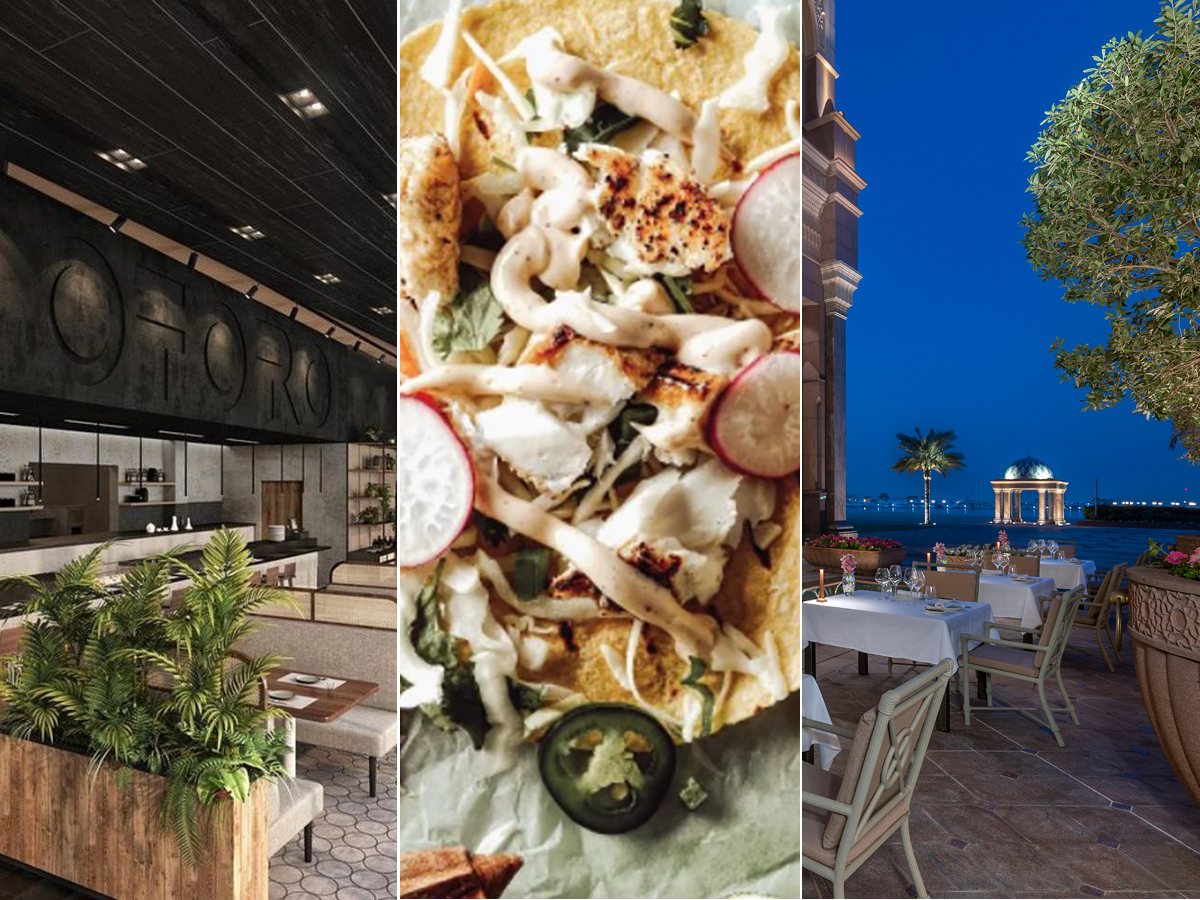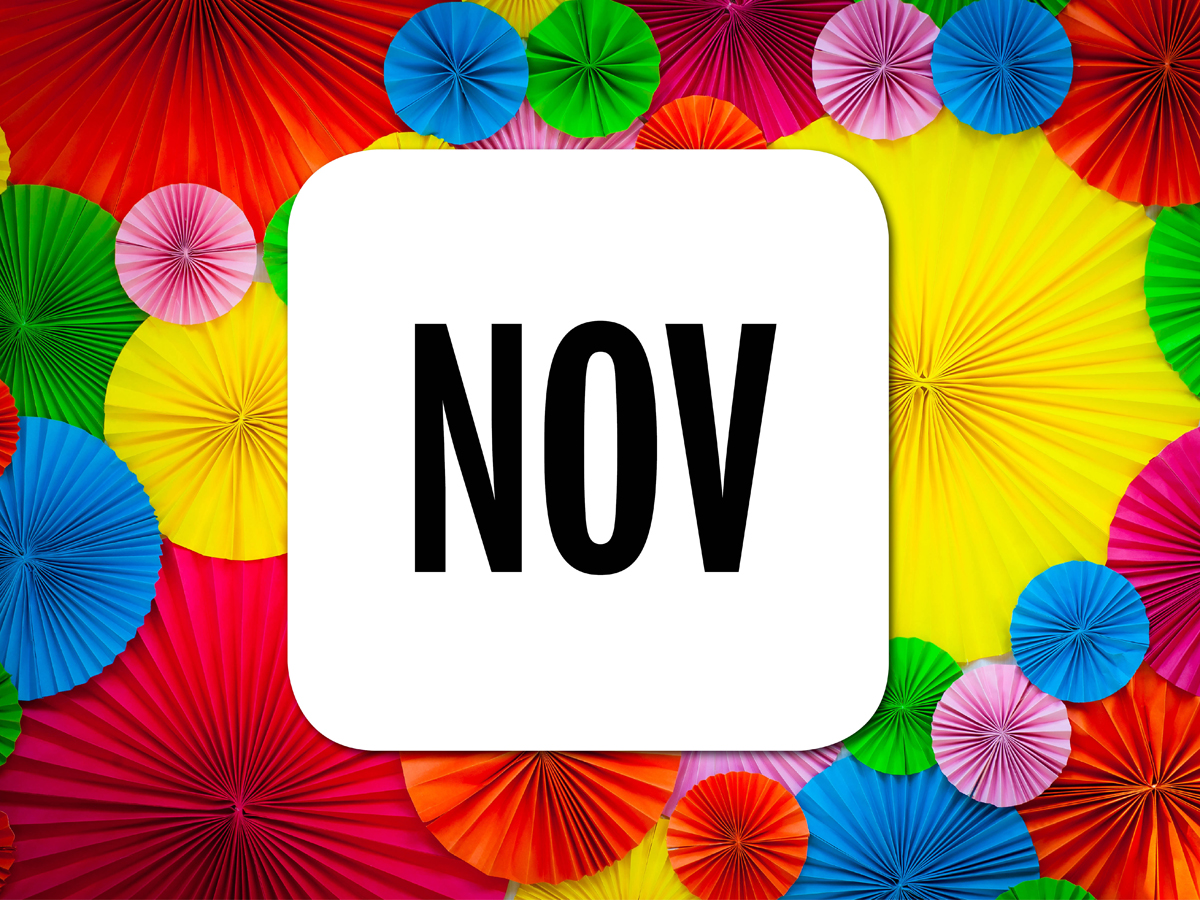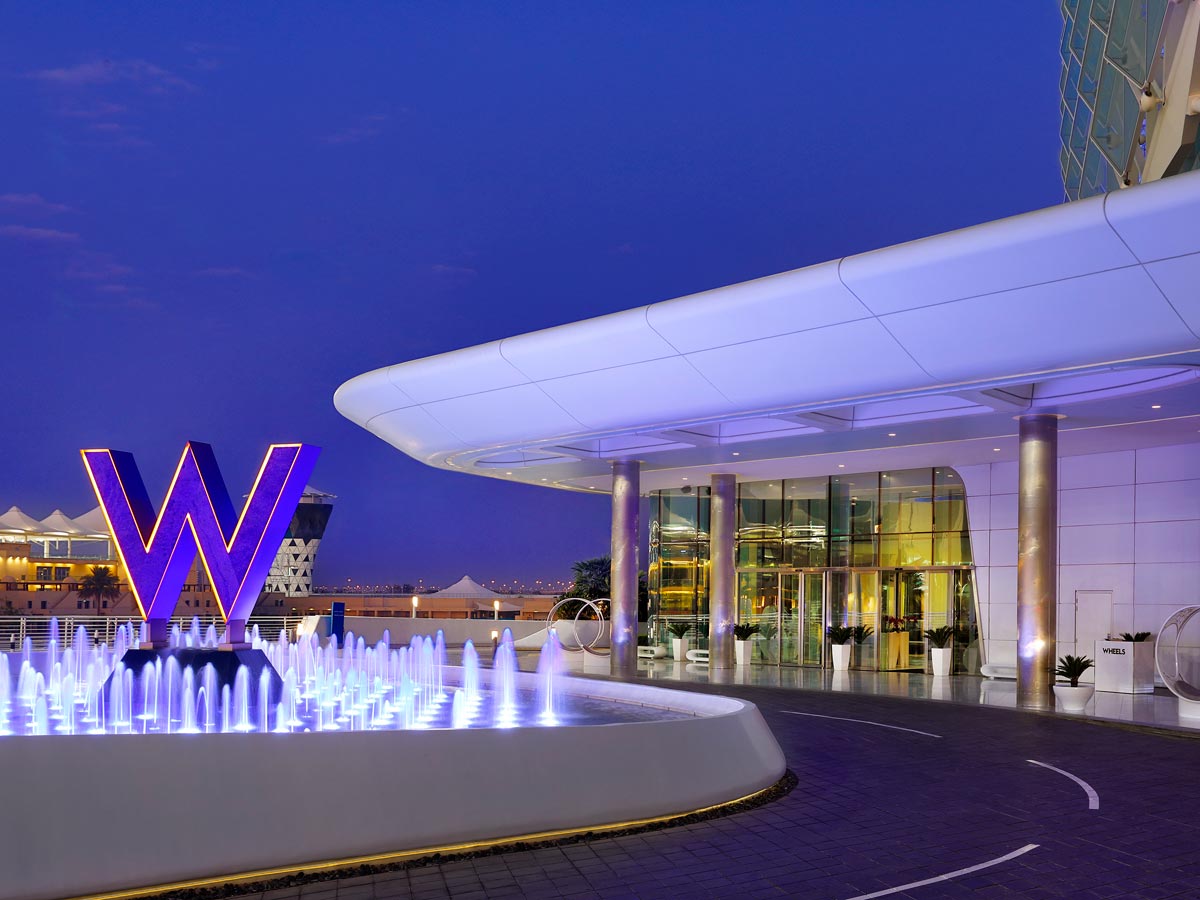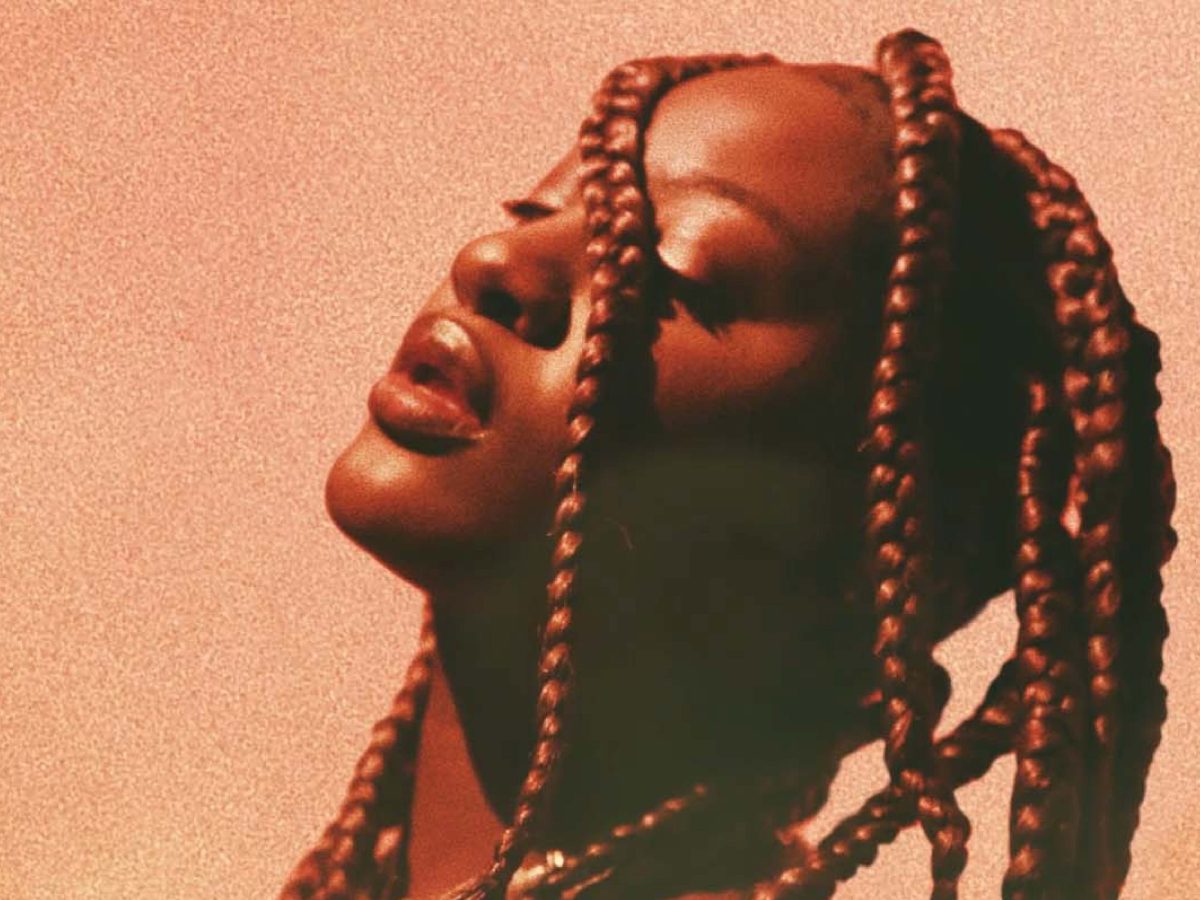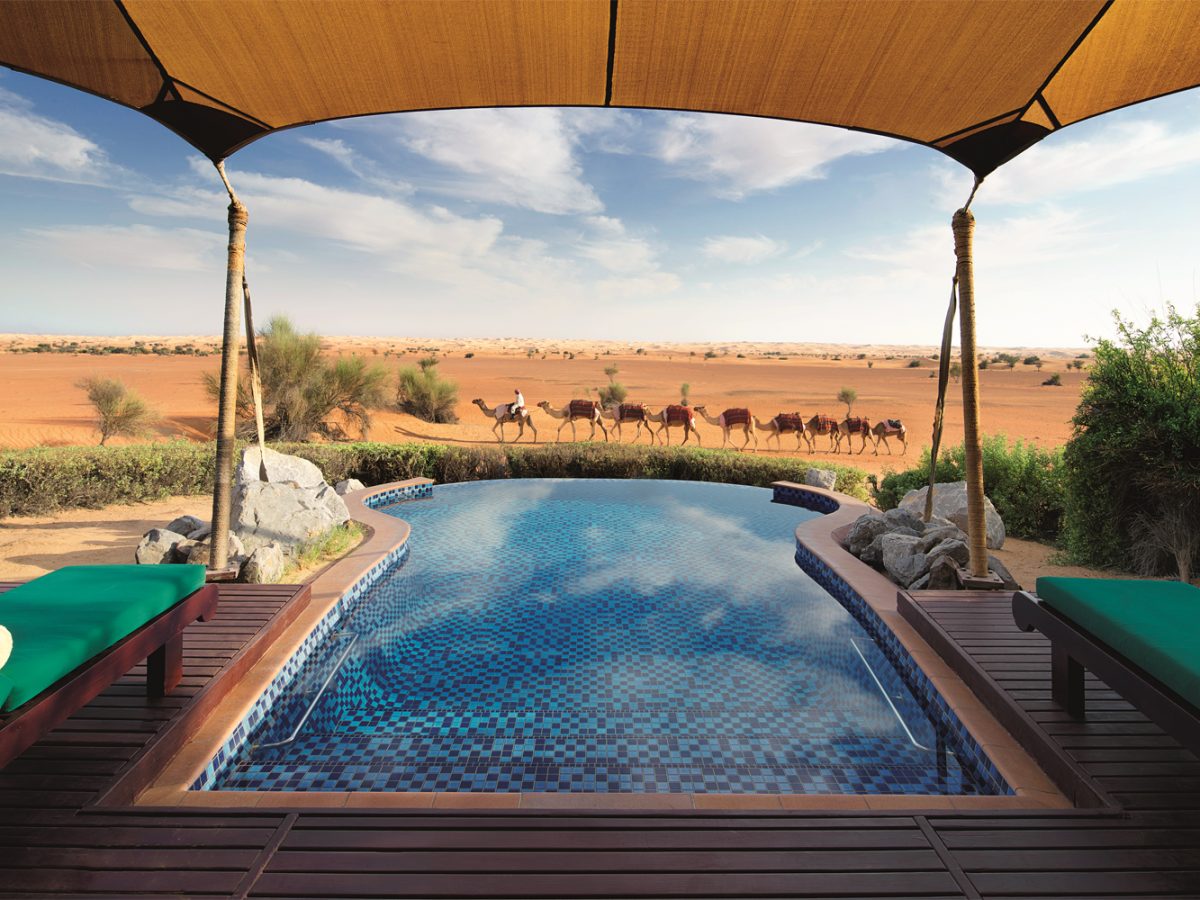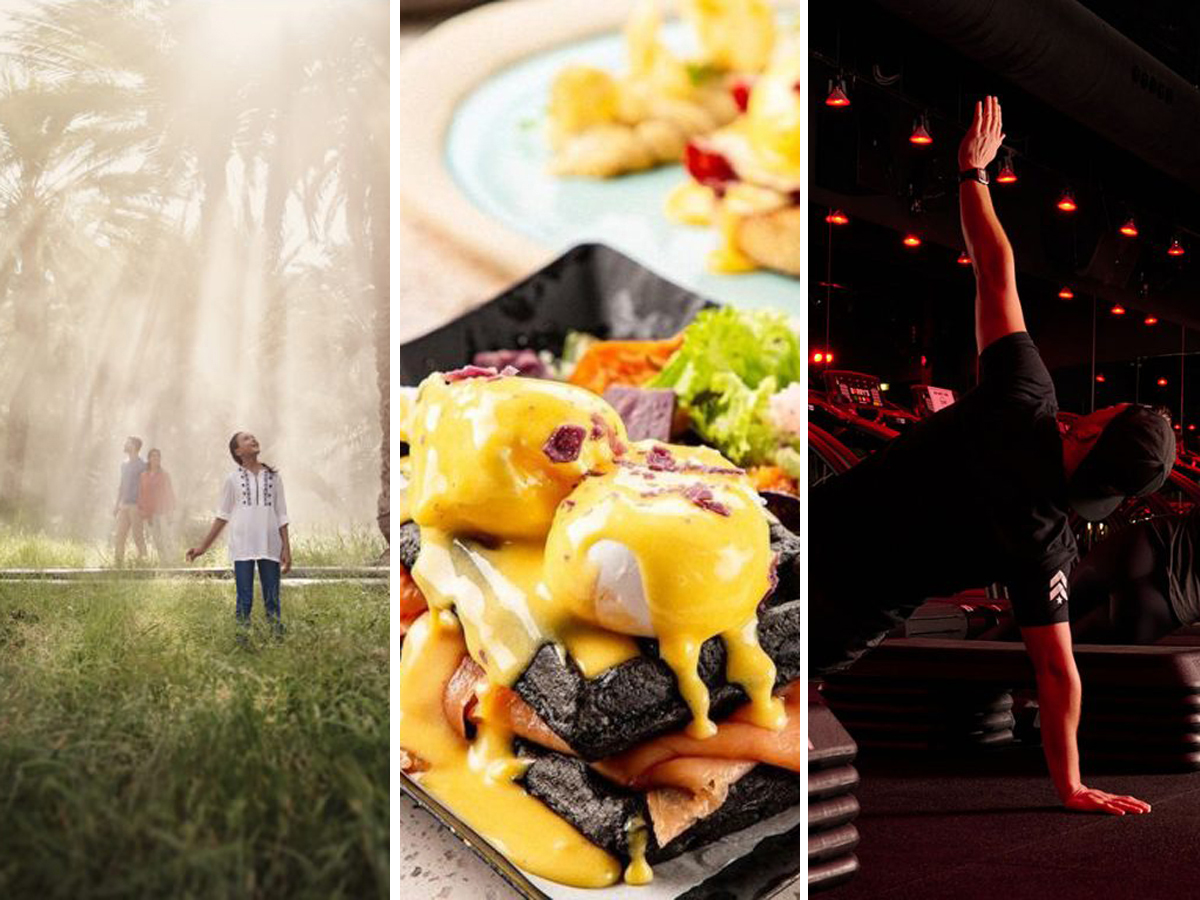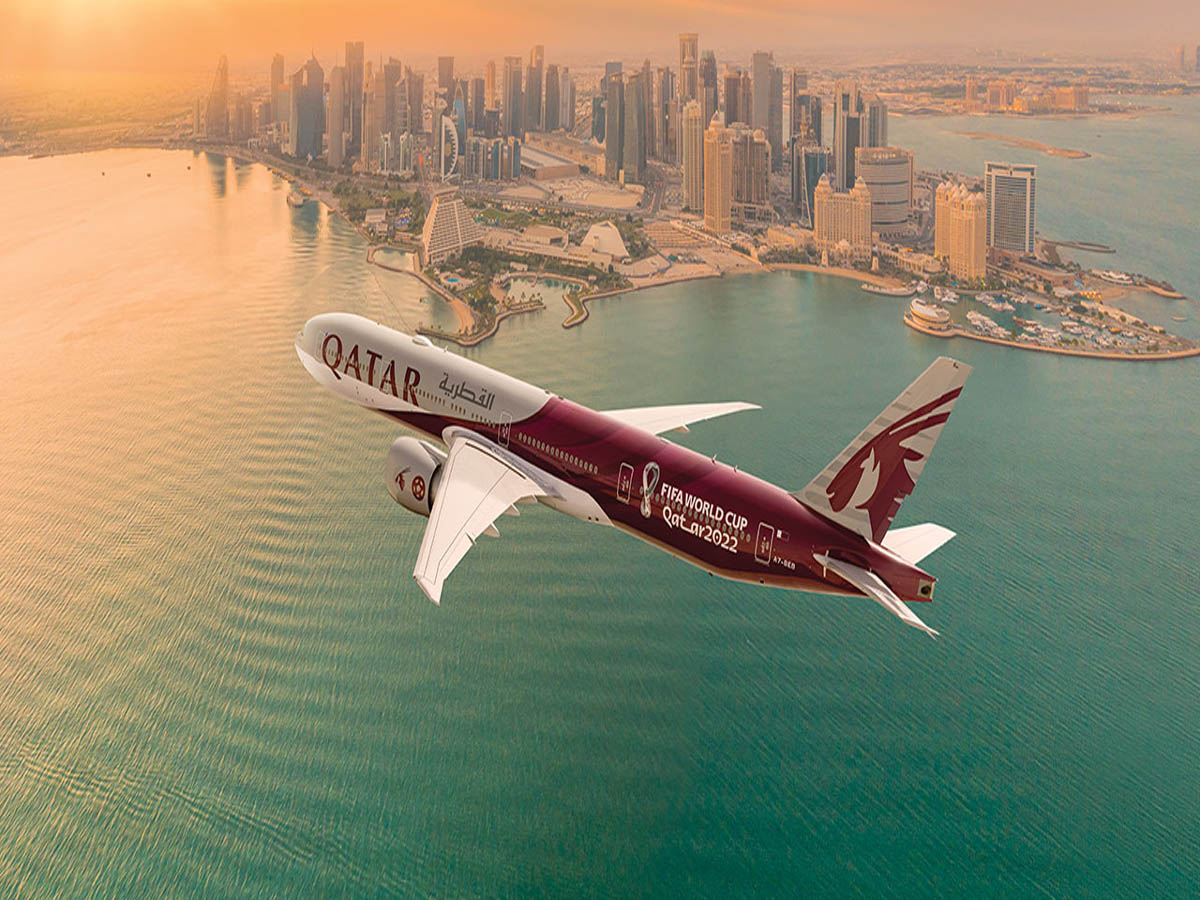With 72 flights a week from Dubai to South Africa, a world of wonder and exploration is waiting, within easy reach of the UAE’s residents. It takes just over seven hours on a direct flight from Dubai airport to Johannesburg, leading you into a land of colours, sights and smells that can only be experienced in Africa.
It would be sacrilege for a visitor to South Africa not to take advantage of the world’s greatest safari opportunities. As admirers of nature and the great outdoors, we decided to start our walk on the wild side at the famous Kruger National Park. We hired a car at the airport and headed to the north-east corner of South Africa, where Kruger spans the border between the Limpopo and Mpumalanga provinces. The drive, though a lengthy seven hours long, is crammed with plenty of breathtaking scenery and places to visit along the way, so the adventurous and inquisitive need not worry about how to pass the time. It really can feel like the ultimate road trip, with waterfalls tucked around bends and uninterrupted landscape as far as the eye can see. With the radio playing and the windows down, the air filled our lungs, moist and warm, with an aroma like fresh chai tea.
Take your time and stop off in towns along the way. Graksop is well worth a visit to experience the great sense of community and indulge in a refreshing refuel. We stopped off at Harries café for sweet, moist pancakes served with fresh local fruit: these piercing colours and flavours simply can’t be found at a Spinney’s store. While in this sleepy town, pick up some authentic African crafts and holiday mementos at bargain prices; you can also visit Graksop’s silkworm cocoons, which are eventually made into hand-woven scarves at Africa Silks. The staff here are friendly and will happily talk through the life phase of silk moths while they show you around their mini farm on the shop’s premises. Hand-woven dresses and luxury bedding is also available at a quarter of the price you’d find in The Dubai Mall.
Getting back to our own Indiana Jones fantasy, we continued towards Kruger on our adventure to seek out the African safari Holy Grail – the ‘Big Five’. A term coined by British and American game hunters at the turn of the 20th century, it refers to the five hardest animals to hunt.
We’d assumed the exotic and powerful giraffe was on the list, but the locals explained they’re much easier to kill in comparison to the original aggressive quintet, which includes the African elephant, buffalo, leopard, lion and rhino. Not only are the big five the hardest to hunt, they’re also the hardest to spot, especially on self-drive safaris. The leopard proves the most elusive of all.
Entering the park at Paul Kruger Gate, we arrived in our own hire car to drive through Kruger during the day. Following the roads round the huge expanse, guided only by a basic map and our own sense of direction, we were vulnerable in our intimidating yet captivating surroundings. Kruger covers 18,989 sq km – more than four and a half times the size of Dubai. With such a large area to explore, you can easily lose hours on your safari, but the plus side of a self-drive is that you can take things at your own pace. If you’re feeling tentative (or want to nail the big five in record time), opt for a guide. They are expert trackers and can help you to avoid spending hours staring at common animals such as buck and kudu.
The guided safari we chose started in the late afternoon, approaching sunset. This, we were told fortuitously by our guide, named Promise, is the best time to visit as the animals explore once the heat of the midday sun has faded. You are also more likely to see animals preparing to settle down for the evening – we spotted a troupe of monkeys scampering across a giant boulder, using its crevices and height to protect themselves from nocturnal predators. As they swung and scattered across the face of the rock, some carrying their young, their characteristics were so human that it inspired a sense of empathy.
A winding path and few bends later we began to see several large shapes coming towards us on the road ahead. Yes, we had come across a herd of male buffalos. Totally unfazed by a jeep full of tourists, several of the animals walked around the vehicle, while two stood in the road ahead, their dark eyes peering straight into the truck headlights. Promise told us to keep our voices low so as not to disturb or threaten the herd. An instant silence fell, save for the clicking of cameras. Herbivores or not, their aggression is renowned, their thick skins scarred from previous battles.
Aggressive though they may be, a tender moment was felt by all as we happened upon a mother and baby rhino. As the infant slowly made its way towards our truck, Promise told us that he probably wanted to play; the young apparently have no fear, much like human children. The mother grunted, turning her back on us, which was a sign for her offspring to follow.
As we headed back to the main gate, the wind began to pick up. The unfamiliar noises and wind in the air, rising from the bush, filled us with a sense of eerie mysticism. Not knowing a storm was brewing, we mistook the lightning in the sky as eager tourists, taking photos deep in the park, until we realised the storm was too far away for the thunder to reach us. With wildlife all around, we’d never felt more at one with nature.
Kruger’s geography
• The Kruger National Park was originally founded as the Sabi Game Reserve in 1898 by Paul Kruger. It was enlarged and made into a national park in 1926.
• It now encompasses parklands not only in South Africa, but also in Mozambique and Zimbabwe.
• The park houses 517 species of birds.
• Many rivers run through the park, including Crocodile, Letaba, Luvuvhu, Limpopo, Sabie and Olifants. But don’t get too close – most are full of crocodiles.
• The climate is subtropical, with the rainy season falling between May and September, although this period still offers plenty of animal-spotting opportunities.
• Contrary to popular belief, the elephant population is currently over capacity. To control rising numbers, park keepers started an annual contraception programme in 1995.
Need to know
Getting there
Emirates flies direct from Dubai to Johannesburg daily, with return flights from Dhs3,228. From there you can take an internal flight to Kruger Mpumalanga International Airport or Hoedspruit Eastgate Airport; return tickets start at about Dhs500 (www.flysaa.com, www.comair.co.za). Alternatively, you can travel to Kruger by hiring a car at the airport – the journey will take about seven hours from Johannesburg.
Try Thrifty car rental for Dhs100 a day (www.thrifty.co.za).
Where to stay
If you want to stay in Kruger itself, prices are at a premium. Expect to pay about Dhs2,855 per person per night for the privilege of being in the thick of all the action. From treetop homes to authentic huts, you can choose between traditional and luxury accommodation – though you do run the risk of monkeys leaving you an unexpected gift.
www.krugerpark.co.za
Another option is to stay just outside the national park in the Protea Hotel at Kruger Gate, Mpumalanga. One of the largest chains in South Africa, it offers four-star accommodation at reasonable prices – Dhs230
a night for a double room. You can choose to stay in single, double and family rooms or lodges for up to seven people that overlook the vast landscape.
www.proteahotels.com
What to do
Not only is there a wealth of wildlife to be seen at Kruger, there are also plenty of alternative activities to keep you entertained. The park offers cultural tours, wilderness trails and even hot air balloon trips, which start at Dhs1,654, allowing you to view nature from every possible angle.
www.krugerpark.co.za


